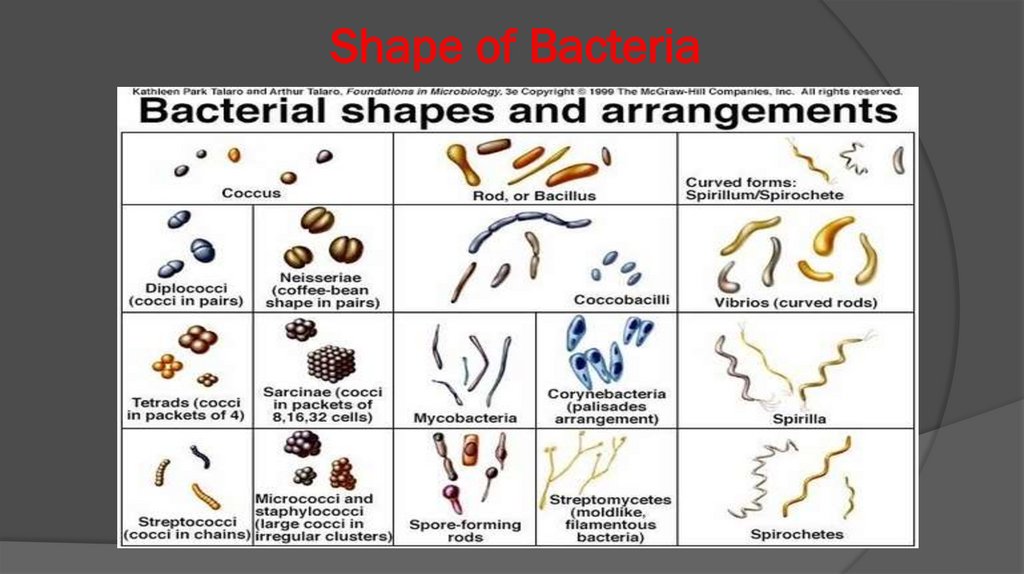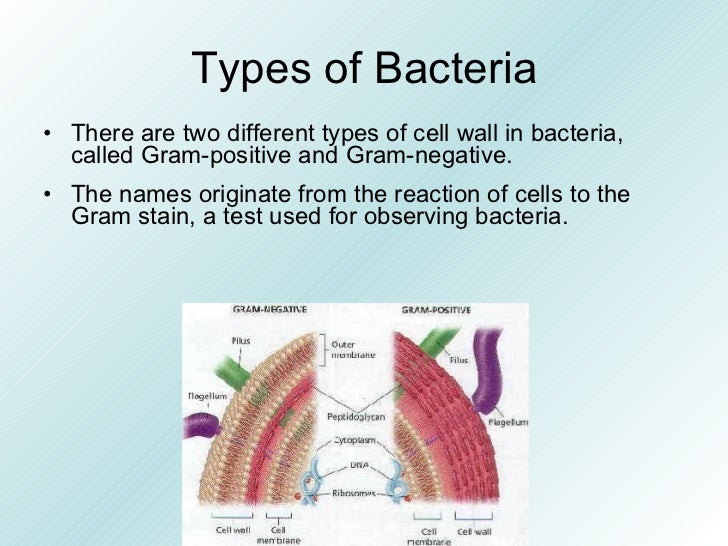
Nitrocystis and Nitrobacteroxidise nitrites to nitrates.ĢN0 2 + 0 2 → 2N0 3 + Energy Sulphur oxidizing bacteria.They obtain energy by oxidising ammonia to nitrite.They play a great role in recycling nutrients like hydrogen, phosphorus, iron, sulphur.The chemical energy thus obtained, is trapped in ATP molecules. Thus, they do not utilize light as energy source. Bacteria belonging to this category obtain energy for the synthesis of food oxidizing certain inorganic substances like ammonia, nitrates, ferrous ions etc.Instead, hydrogen is obtained either directly (some purple bacteria) or from various types of inorganic and organic compounds, e.g., H 2S (green bacteria), aliphatic compounds (purple non-sulphur bacteria). Water is not used as a source of reducing power.Such type of photosynthesis is known as anoxygenic photosynthesis. No oxygen is evolved in bacterial photosynthesis.The bacteria possess photosynthetic pigments of two types, Bacteriochlorophyll (bacteriopurpurin) and Bacterioviridin (chlorobium chlorophyll).They are capable of entrapping solar energy and utilizing it for the synthesis of complex food materials.It is of further three types – Saprotrophic, Symbiotic and Parasitic. Heterotrophic nutrition involves the obtaining of readymade organic nutrients from outside sources.The bacteria performing these modes of nutrition are respectively called chemoautotrophs and photoautotrophs. It is of two types, Chemosynthesis and Photosynthesis.Autotrophic nutrition consists of manufacture of organic materials from inorganic raw materials with the help of energy obtained from outside sources.Bacteria show both Autotrophic and Heterotrophic nutrition.Types of Bacteria on the basis of Nutrition The bacterium is swollen at places, e.g., Rhodomicrobium.The bacterium possesses a stalk, e.g., Caulobacter.These are comma shaped bacteria, e.g., Vibrio cholerae.

Coiled forms of bacteria exhibiting twists with one or more turns, e.g., Spirillum, Spirochaete.Palisade-like – If the cells are lined side by side like match sticks and at angles to one another.Streptobacillus – Bacteria form a chain of rods, Eg.

Diplobacillus – Bacteria are arranged in pairs.Monobacillus – The bacteria occur singly, Eg.Rod-like forms, either singly or may be arranged differently.Staphylococcus – occur in clusters like grapes.



 0 kommentar(er)
0 kommentar(er)
